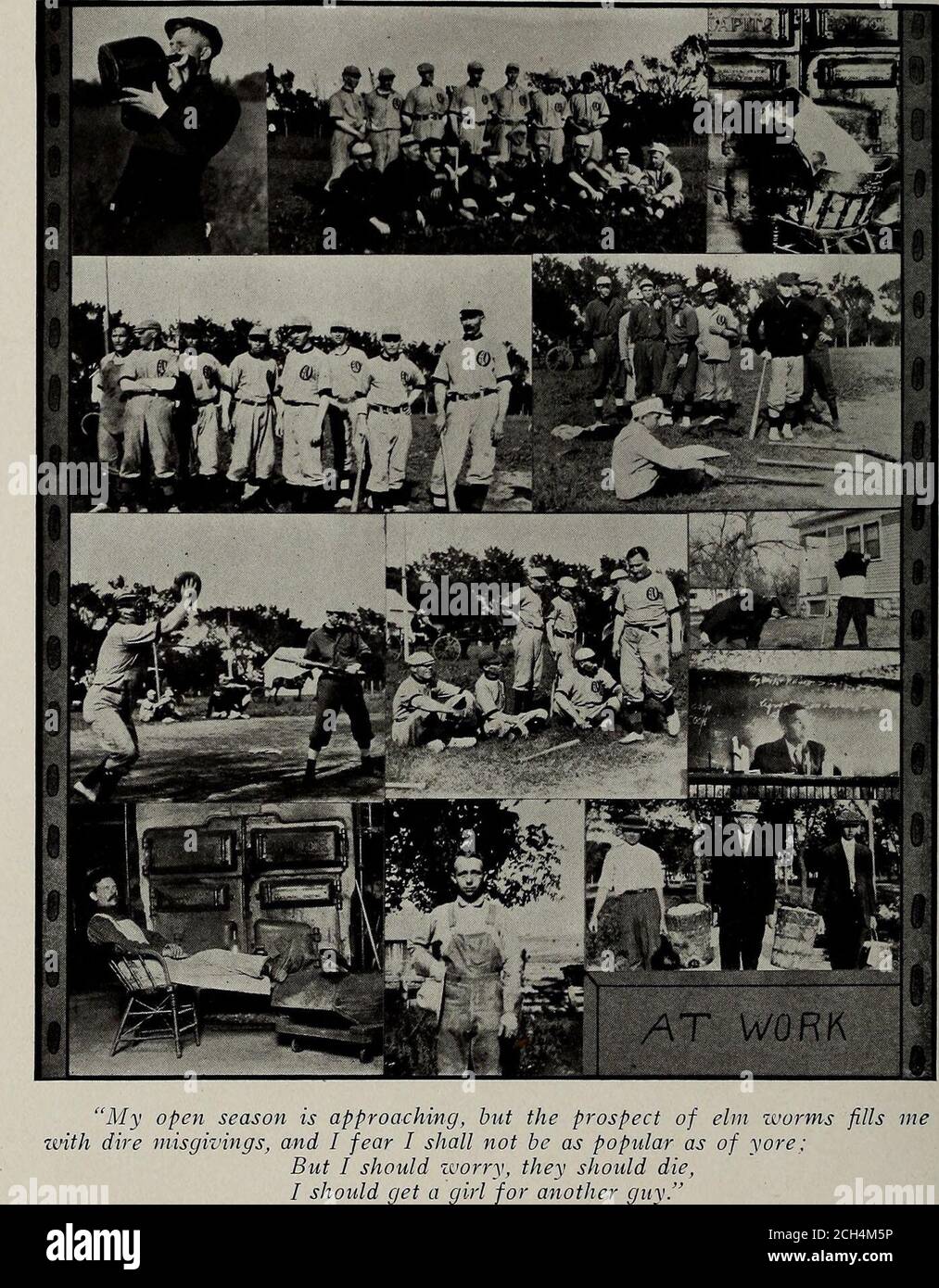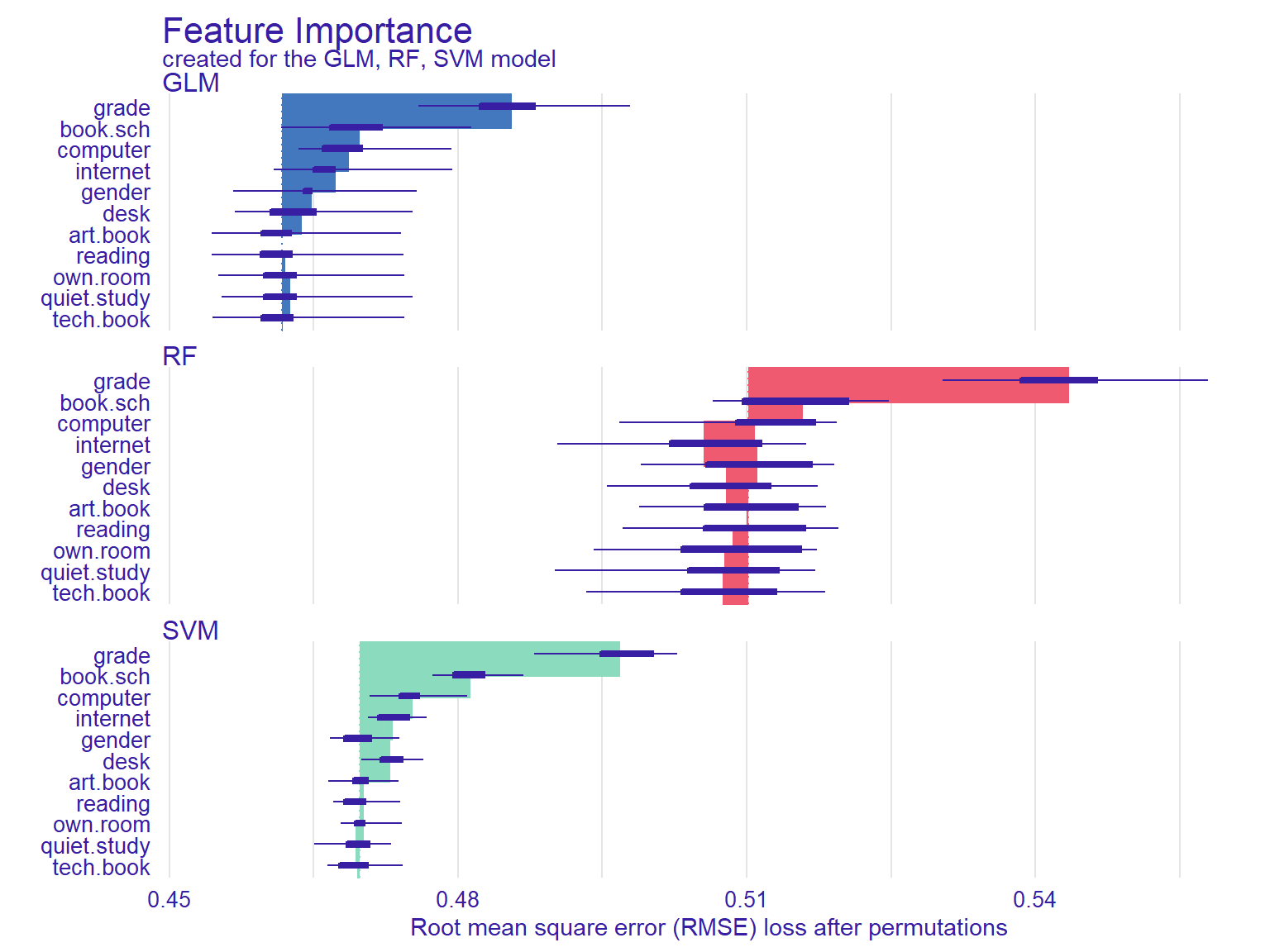
Now that we have fixed that issue, it's time to take a lookĪt surface finish. The dimensions as shown below, and activate the new tool The 0.5" ball end mill is simply not small enough to machine the desiredĬontour, and a smaller tool will be required.Ī new 0.25" ball end mill for the Parallel Finishing operation This default behavior canĪlways be changed in the Machining Attributes. Surface milling operations select a 0.5" end mill. Notice the small areas not touched by the finishing operation With our part imported, stock setup, and machining detailsĪccounted for, we are ready to start programming! Wizard, we are just a few short steps away from creating features. Now that we have completely worked through the import

Place the Setup in the upper-left corner of the stock.Compute stock size from the size of the part.The piece of material we will be machining this part from Step through the next few windows in the import wizard to define.Align the X direction by picking two points along one of the.Align the Z direction by picking two points along one of the.

Stock step, as well as some of our machining prep. The Import Wizard will help us setup our part, covering our With a blank milling document open, we can now import our Open a new document, and close the stock wizard.Revise: Make any revisions necessary to further improve your toolpath, and re-simulate to verify new changes.Simulate: Simulate your toolpath to generate NC code, ensuring that your toolpath is as safe and efficient as possible.Create Features: Create all features needed to machine your final part.Machining Prep: Take into account real-world machining considerations such as touch-off points, tool cribs, and post-processors for your given machine to prepare your model for actual machining.Stock: Specify size and shape of stock material you will be machining.Open/Import: Open a new FeatureCAM File, or import an existing solid model.Projects as quickly and efficiently as possible. Part, following this workflow will help ensure you are able to complete your


Whether you are programming a simple block with holes, or a complex 5-Axis Outlined in this class to tackle any project you may encounter in your shop. After completing this class, you will be able to use the workflow While each part may be different, the workflow we follow to program them will remain In this class, we will once again be following the same workflow covered in the FeatureCAM Standard class to help us program three different parts.


 0 kommentar(er)
0 kommentar(er)
